The genius of painting
Painter Bui Trang Chuoc's real name is Nguyen Van Chuoc, born on May 21, 1915 in Phu Xa village, Phu Thuong commune, Tu Liem district (now Phu Thuong ward, Tay Ho district), Hanoi city.
From 1936 to 1941, he studied and graduated with honors from the Indochina College of Fine Arts, class 11. After graduating, he was invited to teach at the Dalat School of Architecture. After the August Revolution in 1945, painter Bui Trang Chuoc and his family moved to Hanoi and taught at the Hanoi School of Fine Arts. During the national resistance war, he went to Viet Bac to follow the revolution and taught at the Viet Bac Inter-zone School of Fine Arts.

In addition to teaching, artist Bui Trang Chuoc spent a lot of time composing. He was one of the first Vietnamese artists to design stamps (before 1945), so he is considered the "ancestor of Vietnamese stamp design". His creativity in creating models with sophisticated and super-small motifs drawn by hand has created the uniqueness of each stamp that will last forever. These are the stamps of the Democratic Republic of Vietnam that connect and bring the image of Vietnam to the world ; these are outstanding stamp sets such as: "Portrait of President Ho Chi Minh and Map of Vietnam" (1951); "Dien Bien Phu Victory" (1954); "Mac Thi Buoi" (1956); "One Pillar Pagoda" (1957); "Vietnam War Invalids" (1958); The stamp set "Hung Vuong Tomb" (1960)... These are precious stamp sets with high aesthetic value, meticulously drawn, reaching the "master" level of the graphics industry.
Another outstanding mark of artist Bui Trang Chuoc is the creation of medal designs, recognizing the brilliant feats, the proud labor achievements of each collective and individual awarded, such as: Gold Star Medal, Ho Chi Minh Medal, Independence Medal, Resistance Medal... He is also the author of badges, including the President Ho Chi Minh Badge serving the Vietnam-Soviet Union space flight in 1980 that hero Pham Tuan brought into space. He is also the one who drew the symbol of the Vietnam General Confederation of Labor, now the Vietnam General Confederation of Labor, the symbol commemorating War Invalids and Martyrs Day... In particular, the layout of the facade of President Ho Chi Minh's Mausoleum is also his design. These designs will forever last with the country.

National emblem of famous painter Bui Trang Chuoc, family documents of the famous painter.
Another great contribution of artist Bui Trang Chuoc was the creation of copper coins for the banking sector of Vietnam and the Lao State. From 1951, he was assigned to the Printing House of the National Bank of Vietnam, in charge of drawing coins and working as a lecturer at the Hanoi University of Industrial Fine Arts until his retirement in 1976 (except for some time when he was on special missions for the revolution). Due to the nature of his work, he often kept it a secret from his wife and children. He lived his whole life quietly and quietly with his painting brush.
He also has many immortal paintings such as the gouache and silk paintings "Young Lady"; natural landscape paintings such as "Ha Long Bay", "Thay Pagoda" and "industrial" landscapes such as: "Thai Nguyen Iron and Steel Complex"; "Thac Ba Hydropower Plant"; "Thay Pagoda Landscape"... These works are currently kept at the Vietnam Museum of Fine Arts.
"I draw the National Emblem"
Along with the National Anthem and the National Flag, the National Emblem of Vietnam is one of the sacred and proud symbols that fully and concisely represents the country and people of Vietnam, the origin, the will and the historical and cultural traditions of the Vietnamese nation. The formation and birth of the National Emblem of Vietnam is a special story closely associated with the history of the country and the journey of fighting and defending the nation, and at the same time, it is also an interesting story, associated with the life and career of the talented artist Bui Trang Chuoc.

General Secretary To Lam views paintings at the home of late painter Bui Trang Chuoc. Photo: VNA
The creation of the Vietnamese National Emblem was carried out in the 1950s when our country expanded relations with other countries, affirming national sovereignty through diplomatic activities. On January 28, 1951, the Ministry of Foreign Affairs sent an official dispatch to the National Assembly Standing Committee regarding the creation of the National Emblem. Immediately after that, a contest to create a National Emblem was launched and attracted the participation of many artists nationwide. Among the drawings participating in the contest, 15 sketches of the Vietnamese National Emblem by artist Bui Trang Chuoc were selected and presented to the Prime Minister in October 1954.
In the will "I drew the National Emblem" written on April 26, 1985, artist Bui Trang Chuoc told about his journey of creating the National Emblem. Accordingly, he drew 112 sketches (including 57 pencil sketches and 55 color sketches) from 1953 to 1955. The artist wrote: "In 1953, on the occasion of the Ministry of Finance's Printing House assigning me for a period of time to draw the Diploma and Medal samples for the Government, comrade Trinh Xuan Con, the Legal Department of the Prime Minister's Office in charge of the Medals department, gave me some National Emblem samples of socialist countries as reference materials for me to sketch our National Emblem.
Through studying your national emblem, they all use rice flowers or sickles, hammers or wheels to symbolize industry and agriculture. Regarding the content inside, they use images that are characteristic of our country and people. Based on those suggestions, I sketched some models with different shapes, also using Vietnamese rice flowers and anvils or wheels, symbolizing industry and agriculture. Regarding the content inside, I used the image of a bamboo tree or a buffalo. However, seeing that bamboo trees and buffaloes are also found in some other Asian countries, I used historical places, such as: Hung Temple, Dong Da Mound, Quan Chuong Gate or Khue Van Cac, One Pillar Pagoda, Turtle Tower... But I found that those sketches were still complicated and elaborate in shape and the content was not good...
My final sketch of the Vietnamese National Emblem at that time was presented in a circular shape, surrounded on both sides by Vietnamese rice flowers, with a few hanging inside embracing the anvil in the middle below, symbolizing industry and agriculture. Below the anvil was a silk strip that later had the words Democratic Republic of Vietnam on it, with the two ends of the silk strip wrapped around the rice flowers from bottom to top, two segments on each side.
In the upper middle of the background is a yellow star on a red background. Below the star near the center of the background is an arc of the sun, with rays shining around it, evoking the image of dawn.
For the entire national emblem, I used two colors, yellow and red. When I made the lacquer, I used red lacquer and gold leaf, the traditional colors that we often use for parallel sentences.
These models were then presented to Uncle Ho, who chose them and commented: "The image of the anvil is an individual handicraft, so we should use an image symbolizing modern industry"...
After editing according to Uncle Ho's comments, in his Testament, artist Bui Trang Chuoc wrote: "This time, I also drew the National Emblem in a circle, with rice stalks extending upwards on both sides, meeting at the top of the circular axis. The two sides still kept the rice stalks hanging down to hug the wheel instead of an anvil. Below, the silk strip in the middle had the words Democratic Republic of Vietnam. The two ends of the silk strip were still wrapped around the rice stalks on each side, with two segments, and the bases of the rice stalks crossed each other to form the National Emblem, with the two ends tapered for neatness.

General Secretary To Lam and Secretary of the Hanoi Party Committee Bui Thi Minh Hoai and the children of the late painter Bui Trang Chuoc review his paintings. Photo: VNA
Inside the background is a star, below the star is left open for ventilation, without the sun and surrounding light rays. Regarding the color, only the background inside the National Emblem and the silk ribbon is red, while other motifs, such as: rice flowers, stars and wheels are all yellow"...
The revised National Emblem was approved by the Central Committee and some minor details were revised. However, at that time, artist Bui Trang Chuoc was assigned to the Government's top secret task of drawing and printing money, so the revision of some of these details was assigned to artist Tran Van Can.
On January 14, 1956, President Ho Chi Minh signed Decree No. 254-SL on promulgating the National Emblem of the Democratic Republic of Vietnam. Attached are Appendix No. 1 and 2 with printed samples of the National Emblem painted in gold and the National Emblem without color.
After the country was unified, on July 2, 1976, the 6th National Assembly decided to choose the National Flag, National Anthem, and National Emblem of the Socialist Republic of Vietnam. The National Emblem was modified in the National Title: a soft silk strip below bearing the capitalized words Socialist Republic of Vietnam.
The 2013 Constitution describes the National Emblem in Clause 2, Article 13 as follows: "The National Emblem of the Socialist Republic of Vietnam is circular in shape, with a red background, in the middle is a five-pointed golden star, surrounded by rice ears, below is half a cogwheel and the words Socialist Republic of Vietnam".
With its great value and significance, in 2021, the Collection of sketches of the Vietnamese National Emblem by famous painter Bui Trang Chuoc was recognized as a National Treasure by the Prime Minister. The collection is currently kept at the National Archives Center, Department of State Records and Archives.
In 2022, artist Bui Trang Chuoc was posthumously awarded the Ho Chi Minh Prize for Literature and Arts (6th term) for the following works: design of the Vietnamese National Emblem, design of the "Medal" model - Gold Star Medal, Ho Chi Minh Medal, Independence Medal, Labor Medal and the work "Thai Nguyen Iron and Steel Complex".
Painter Bui Trang Chuoc was also honored by the Cambridge International Biographical Center of the United Kingdom for his contributions to painting; was named in the 13th edition of Who's Who (1999) and in the 7th edition of "Outstanding People for the World" (1998).
In 1992, painter Bui Trang Chuoc rested in his hometown Phu Thuong, Hanoi. Next to it is a peaceful street named after him.
The entire life of the famous painter Bui Trang Chuoc was a journey of tireless creativity, regardless of fame and fortune, a symbol of the artist's dedication. When commenting on his teacher, painter Le Lam said: "The art of painter Bui Trang Chuoc is a skillful crystallization of the artist's talent with a deep patriotism imbued with Vietnamese identity."
With his contributions and merits to the country and the country's art, painter Bui Trang Chuoc was awarded the Second Class Labor Medal, Third Class Labor Medal, First Class Resistance War Medal against America, National Salvation of our State and the noble Medal of the State of the Lao People's Democratic Republic.
Diep Ninh - VNA
Source: https://baotanglichsu.vn/vi/Articles/3098/75487/110-nam-ngay-sinh-danh-hoa-bui-trang-chuoc-nguoi-ve-quoc-huy-viet-nam-ky-tai-hoi-hoa.html


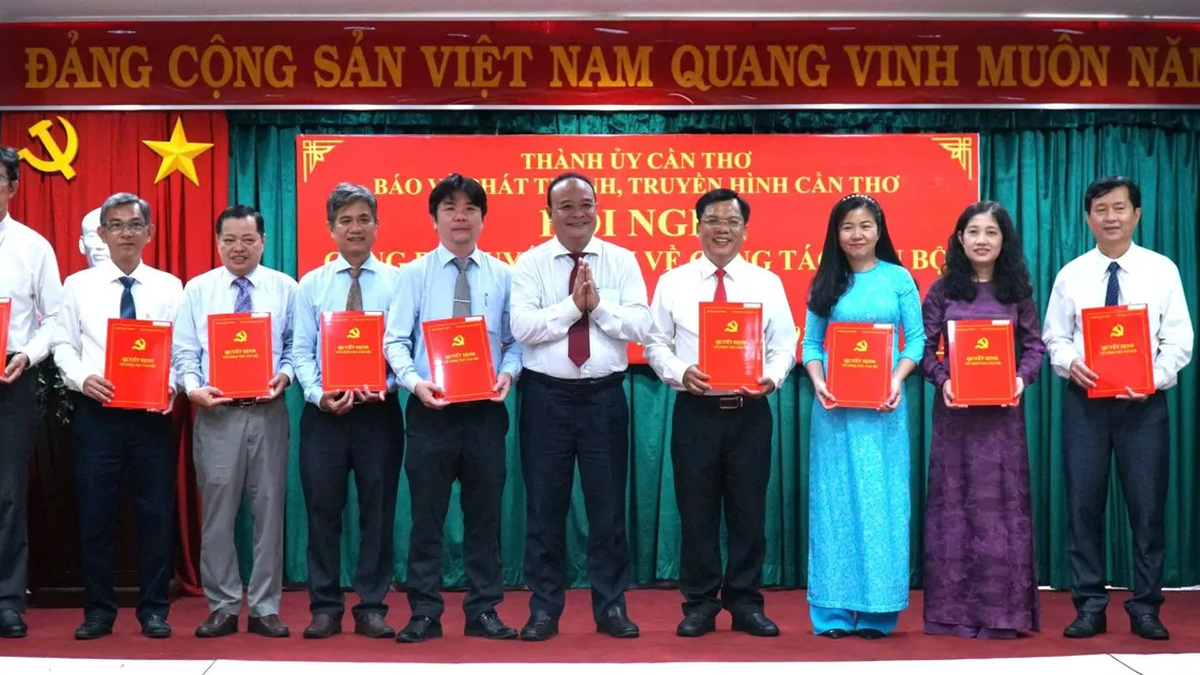
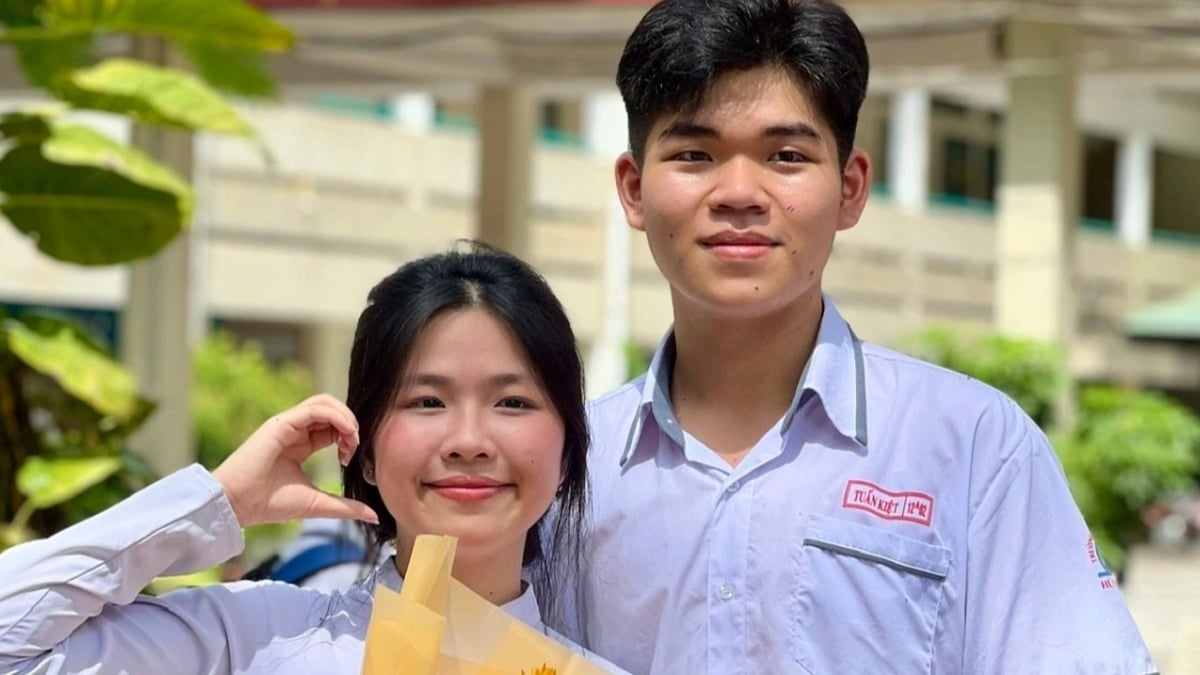

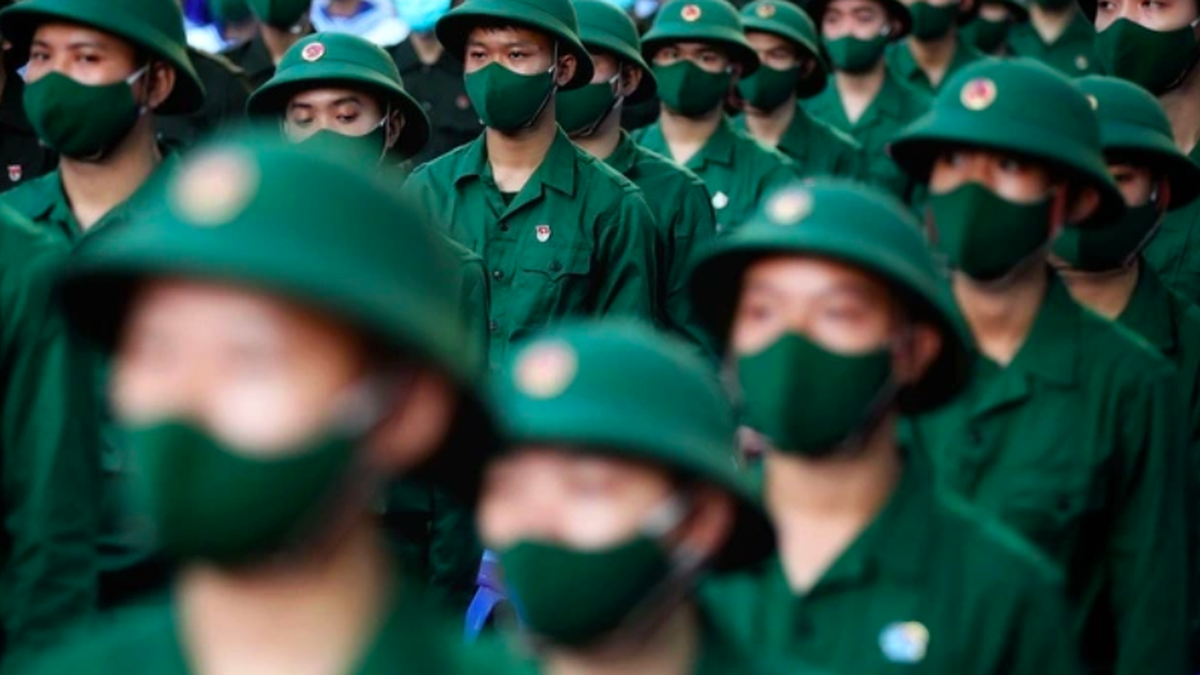
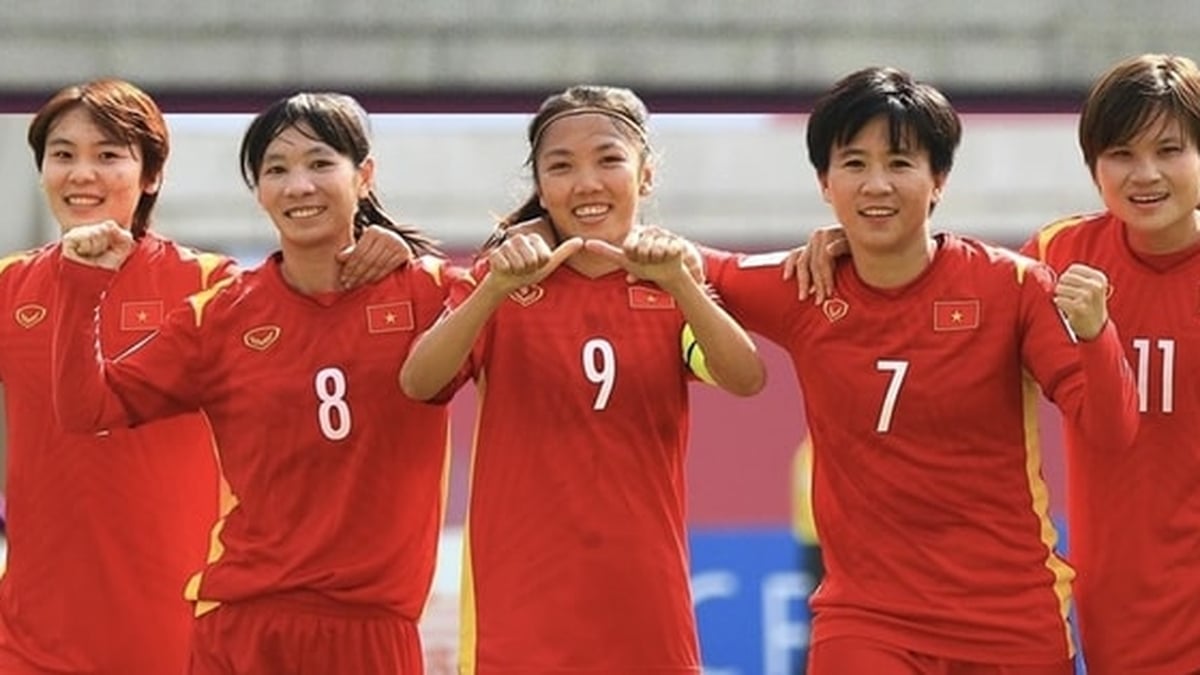
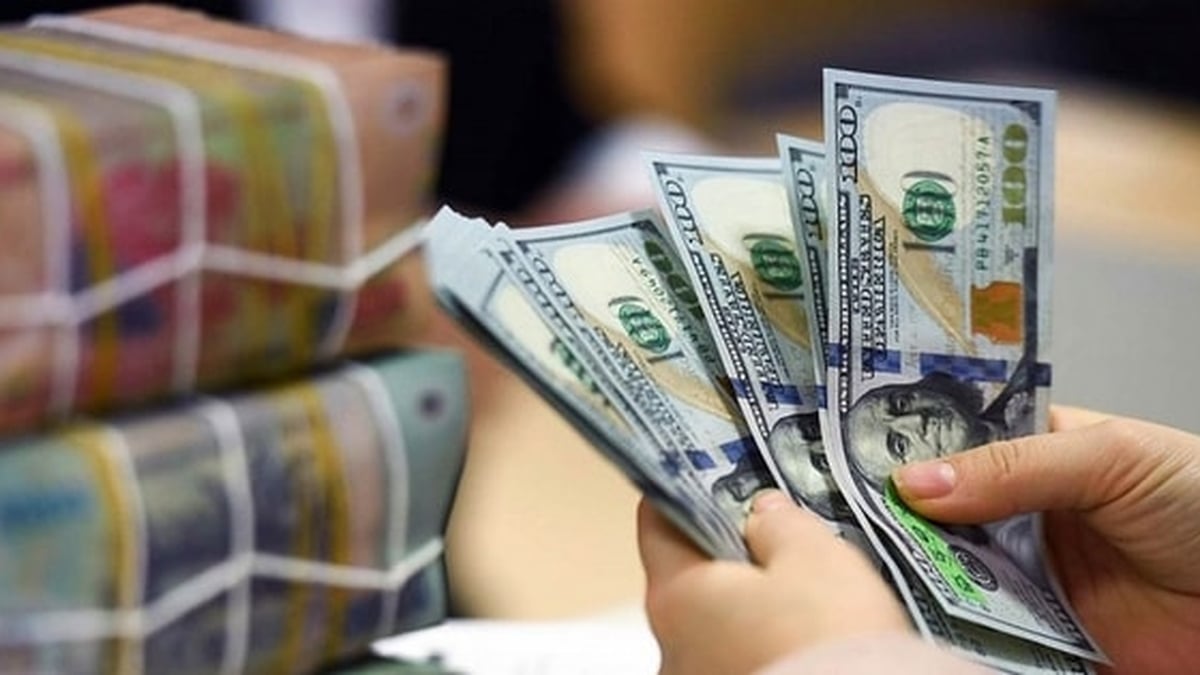
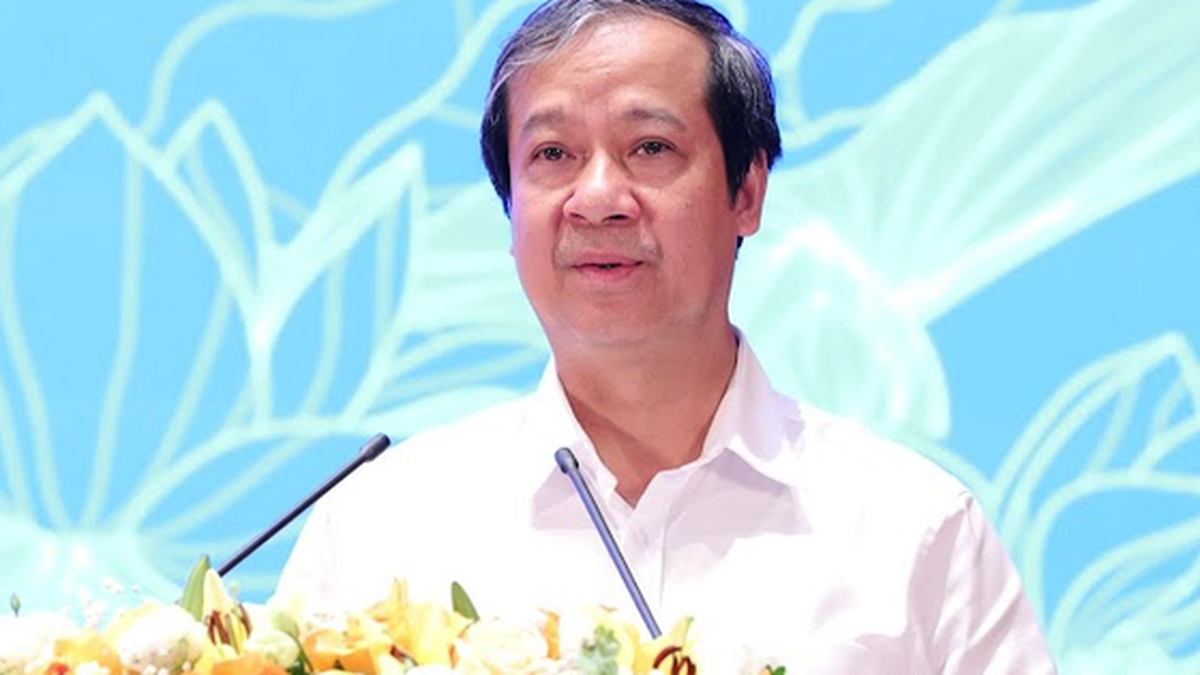
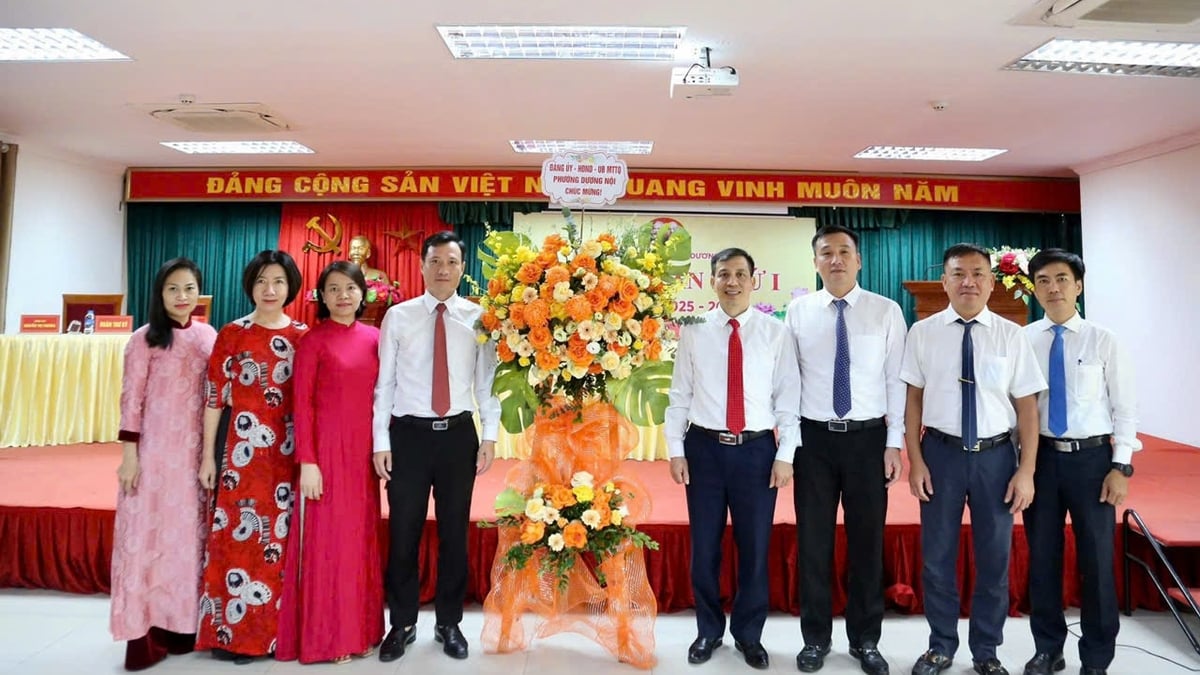
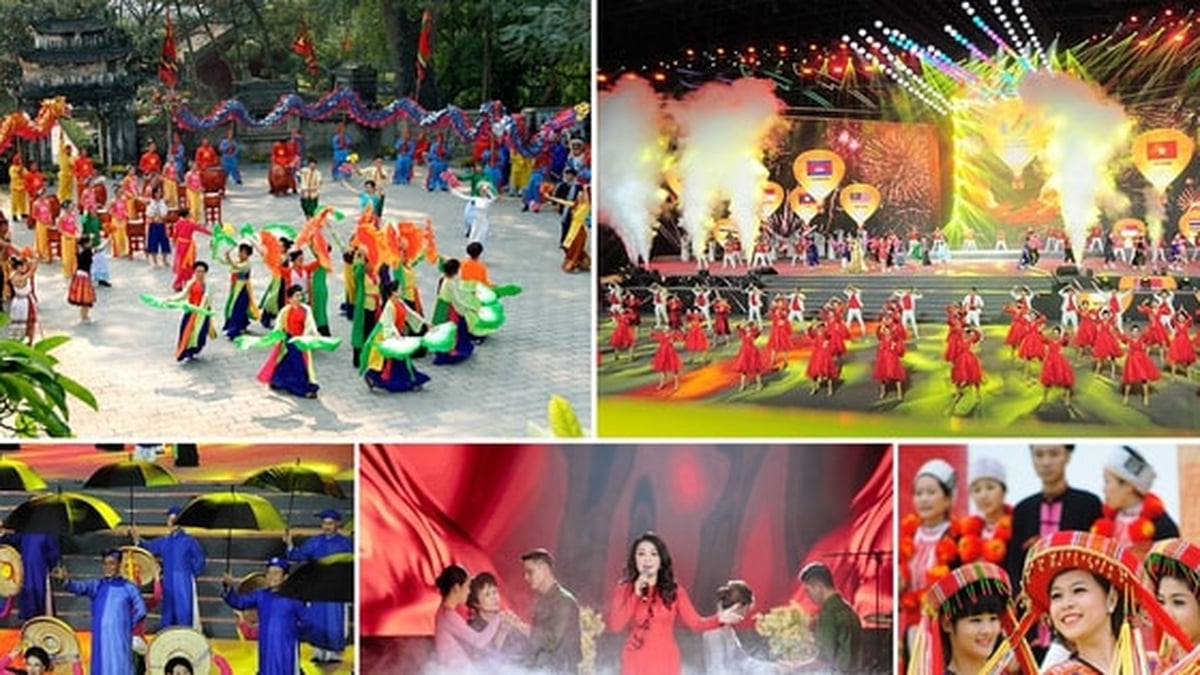
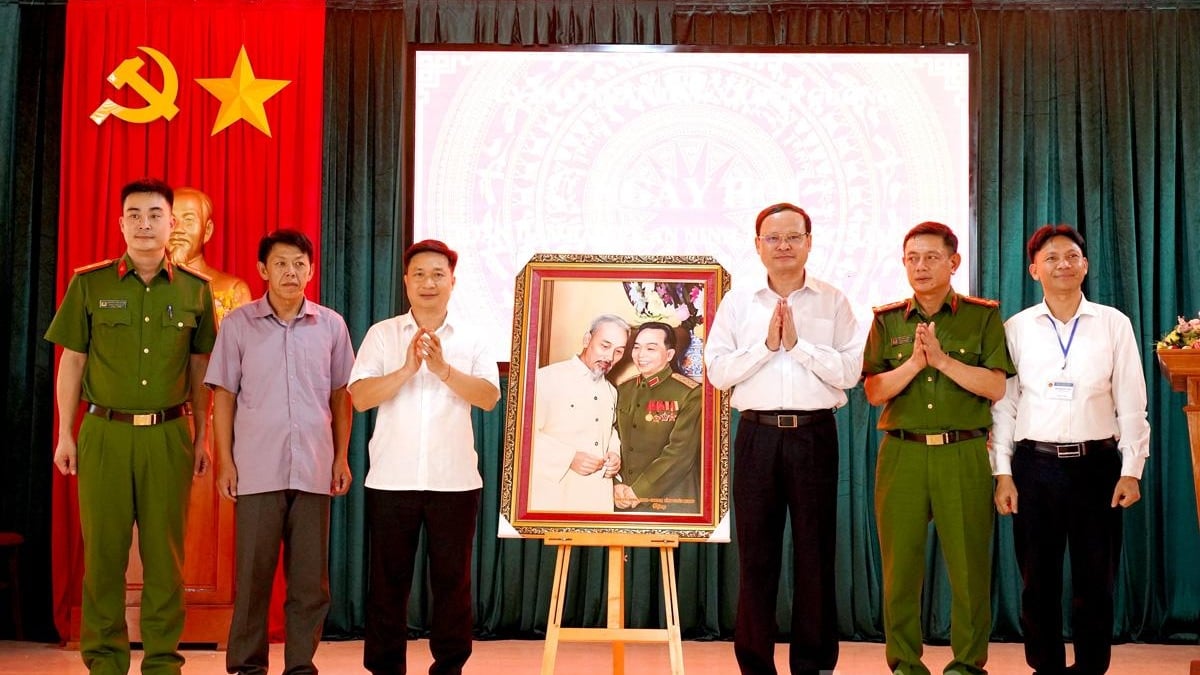











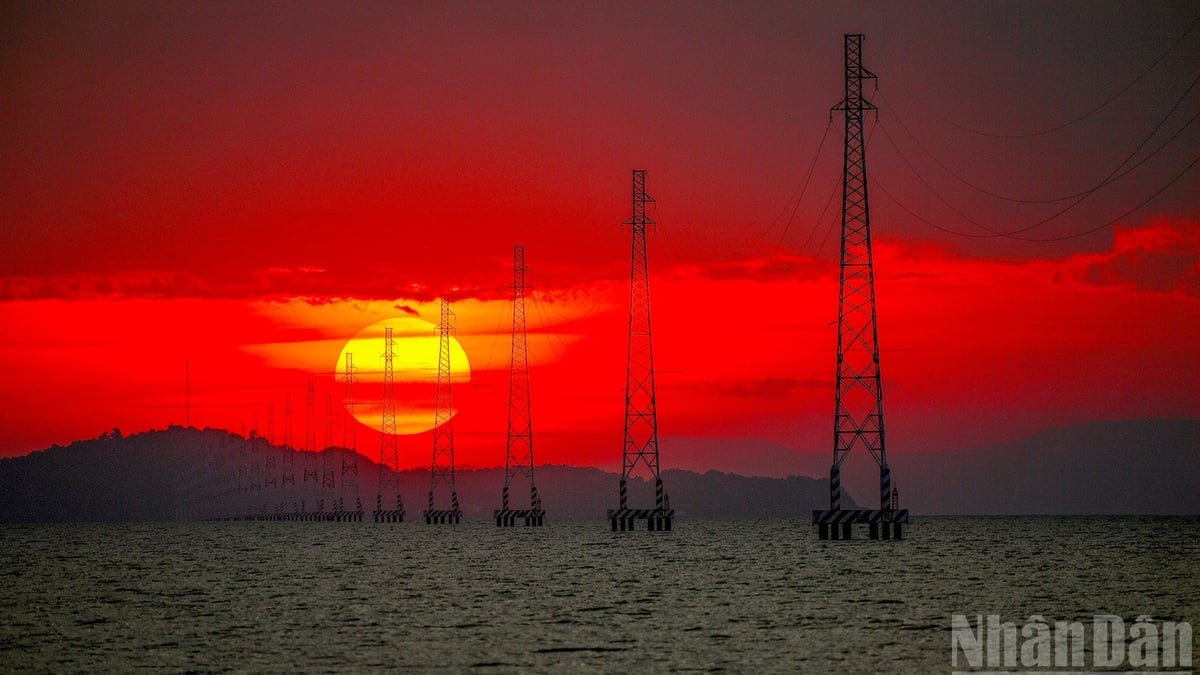





![[Photo] National Assembly Chairman attends the seminar "Building and operating an international financial center and recommendations for Vietnam"](https://vphoto.vietnam.vn/thumb/1200x675/vietnam/resource/IMAGE/2025/7/28/76393436936e457db31ec84433289f72)


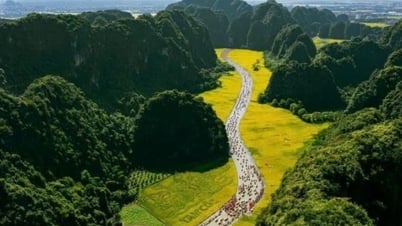

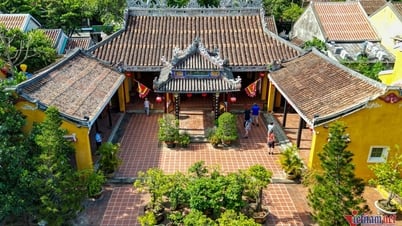

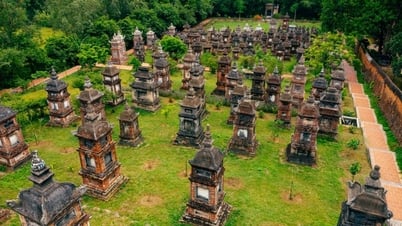

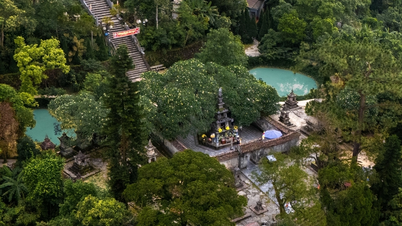




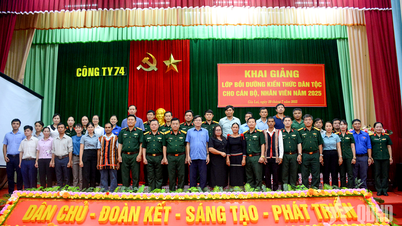

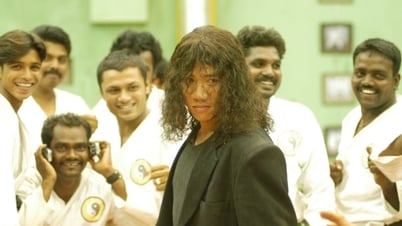



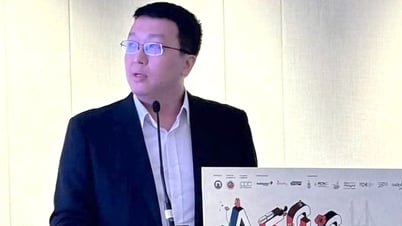

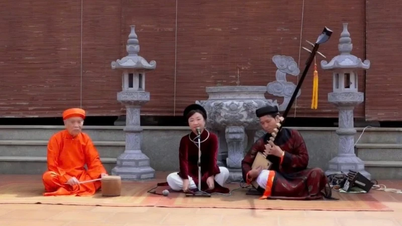
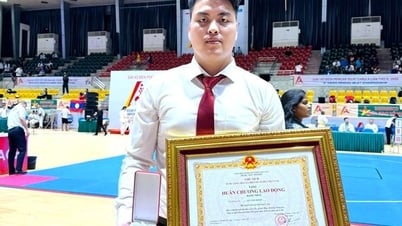

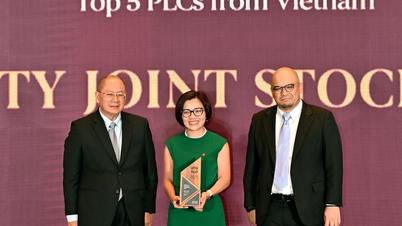






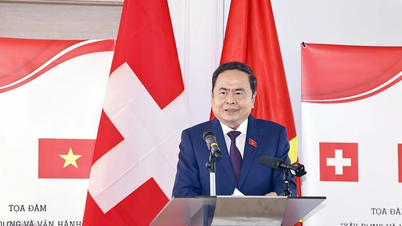


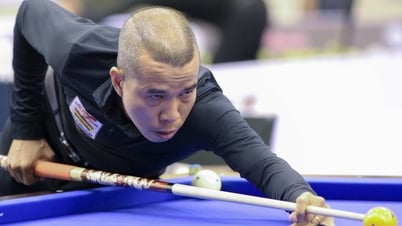
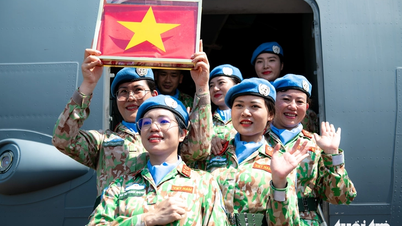
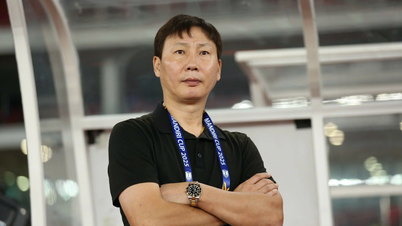

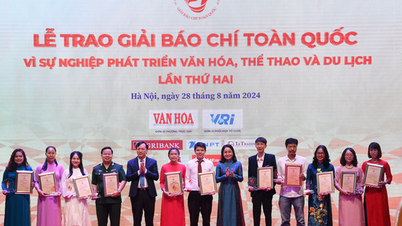






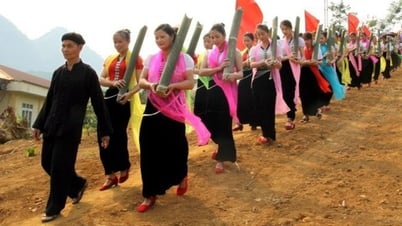




















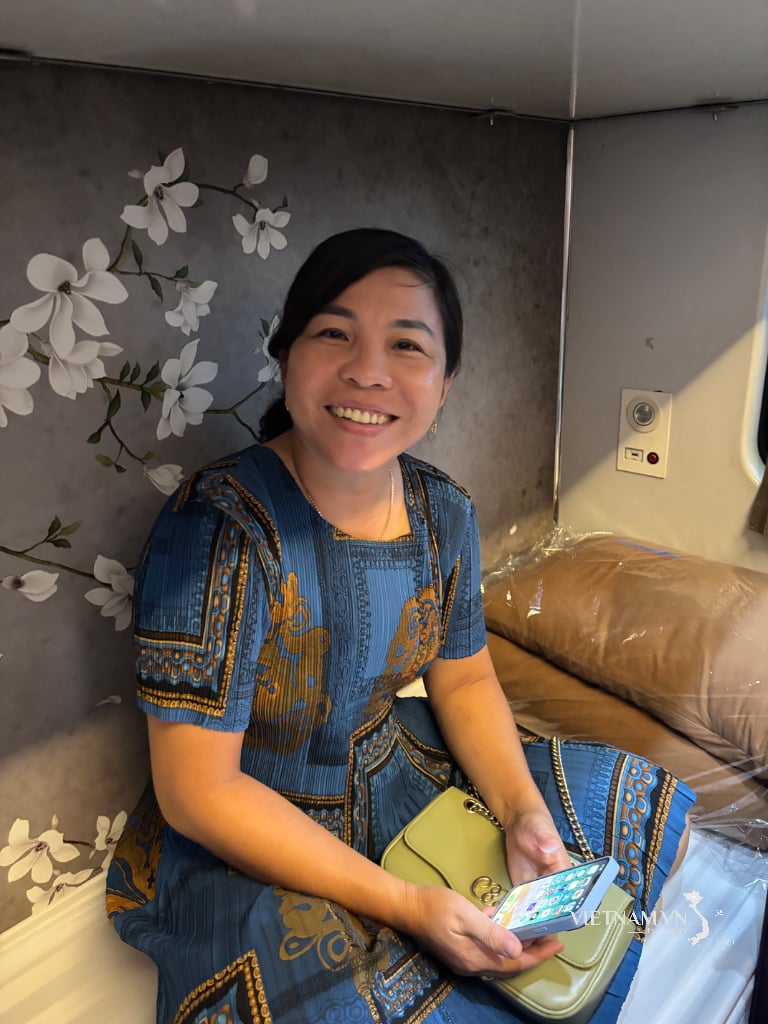
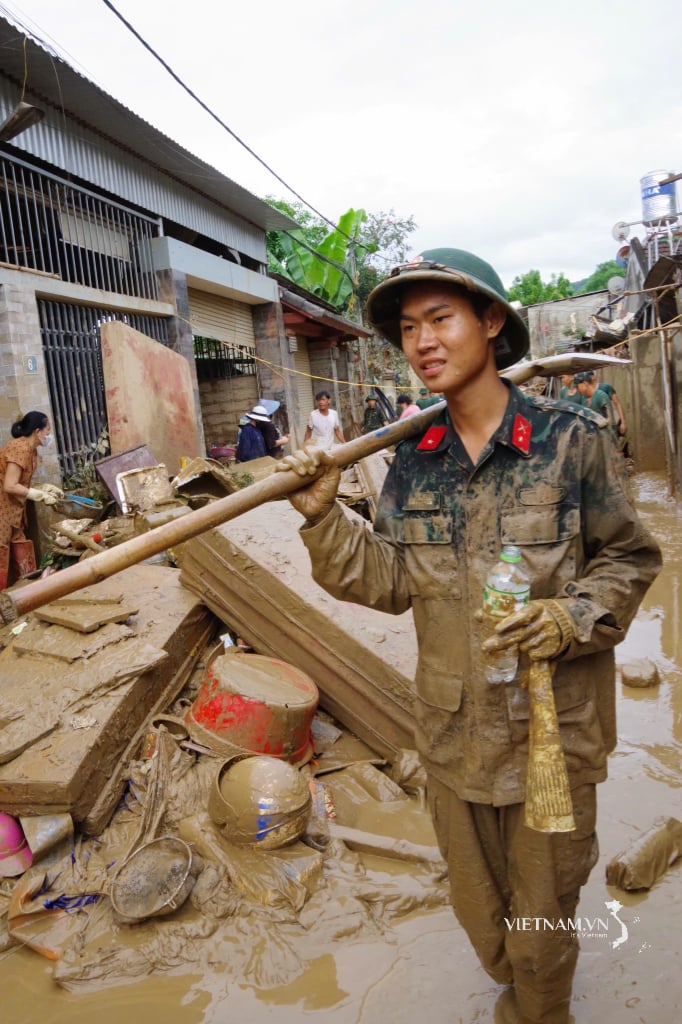


Comment (0)